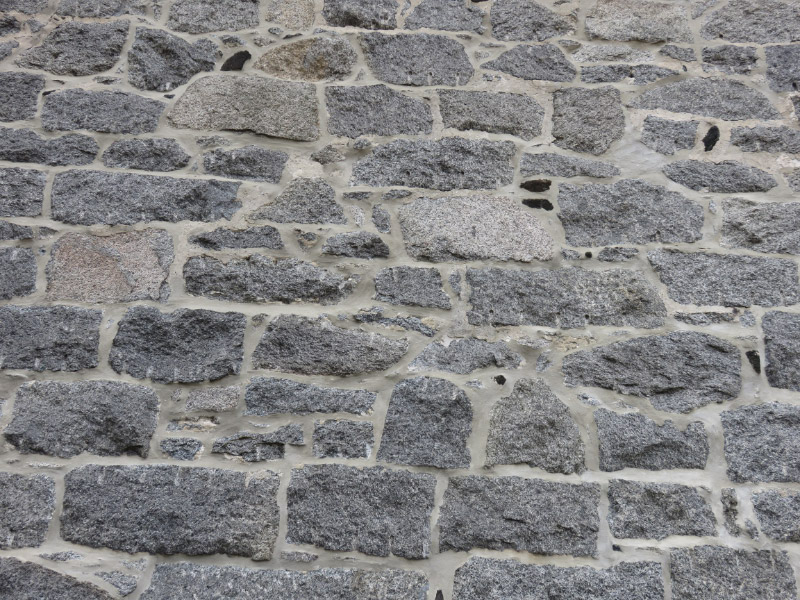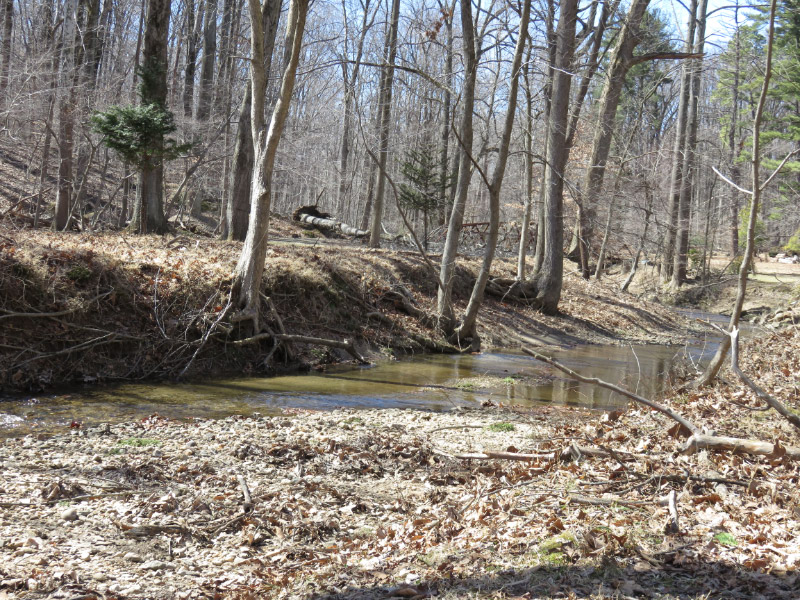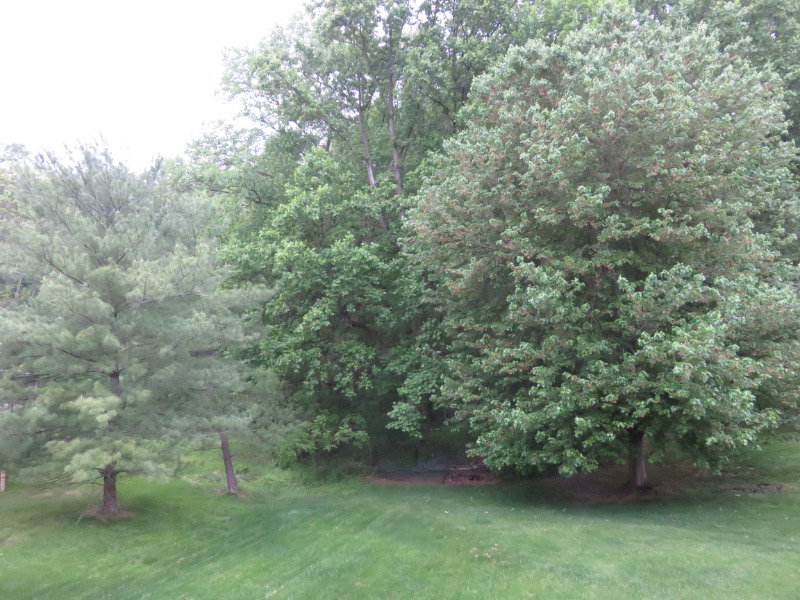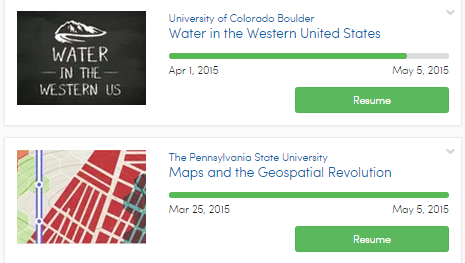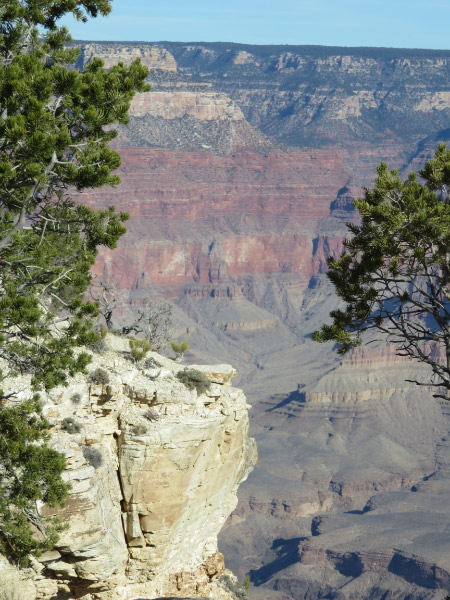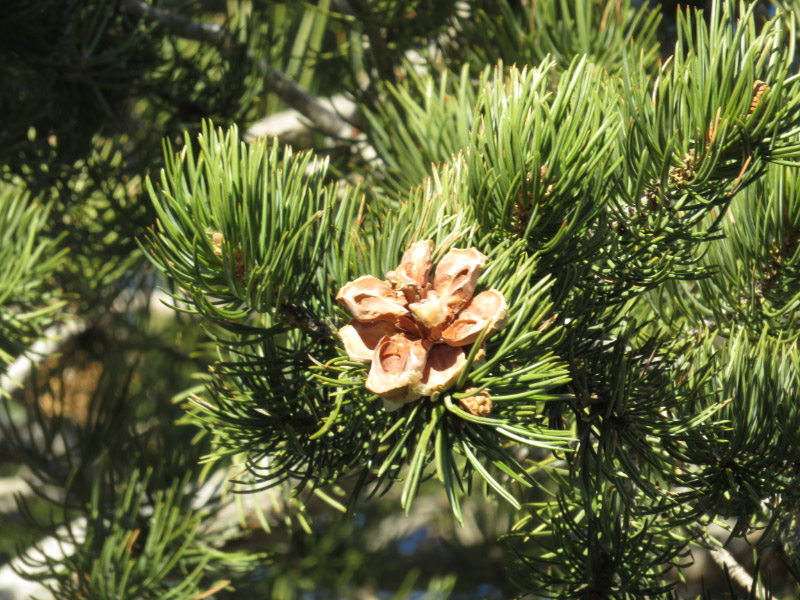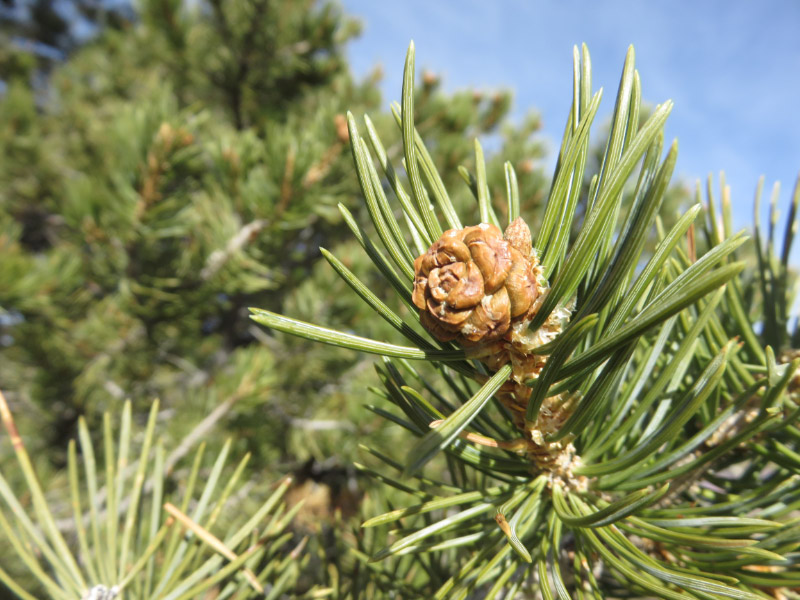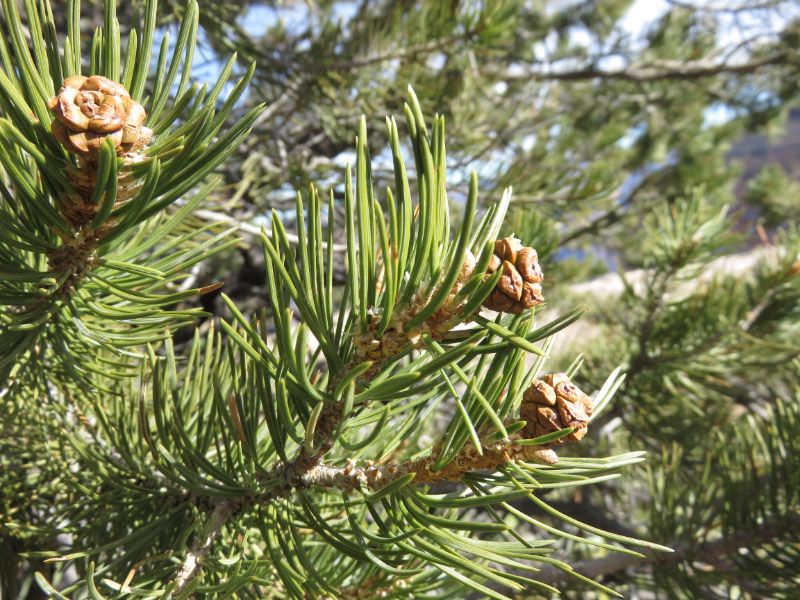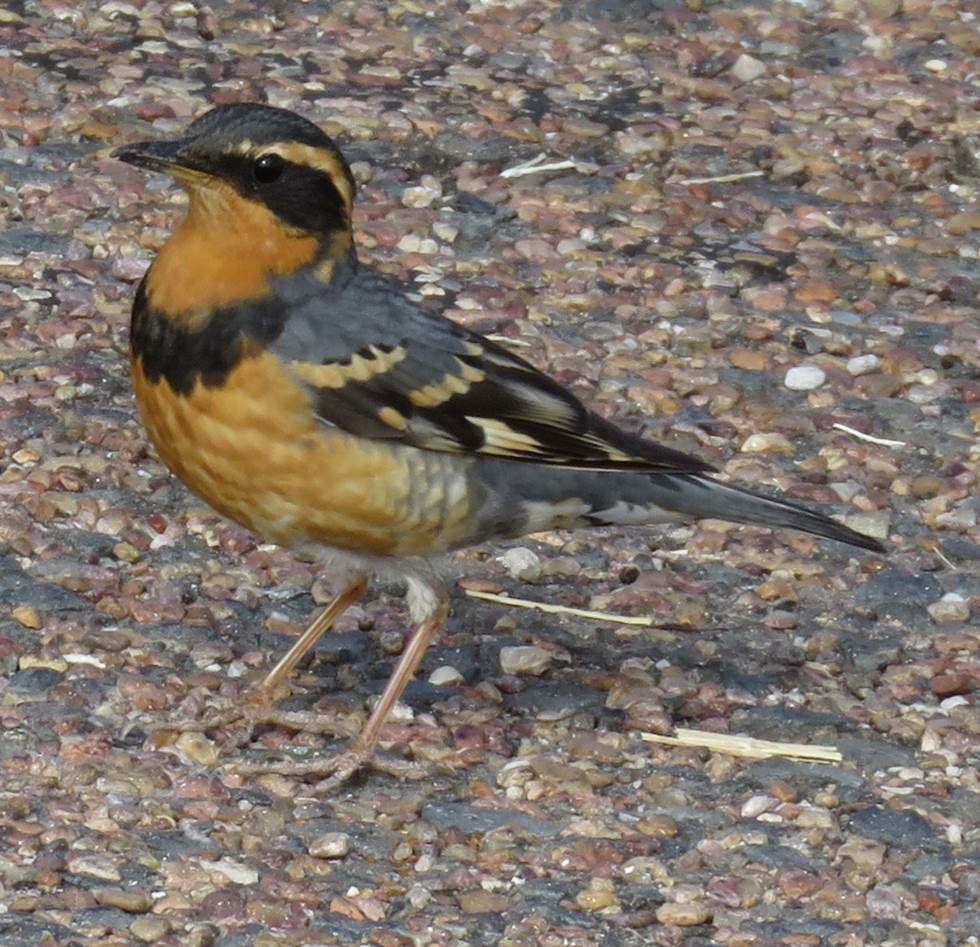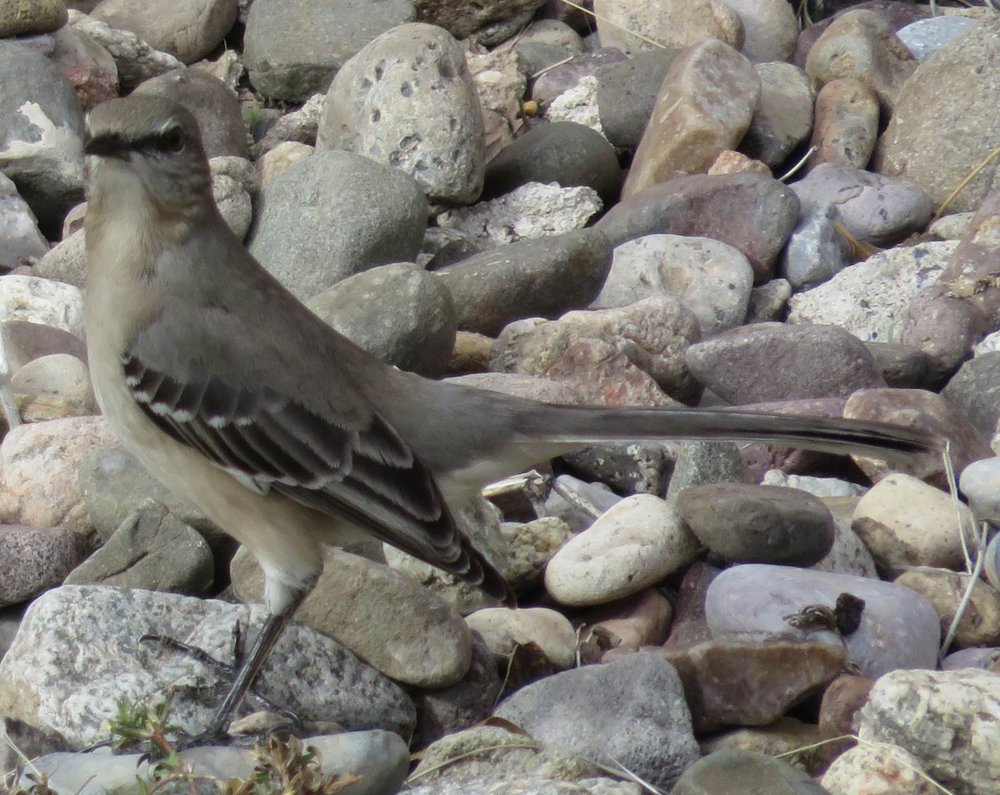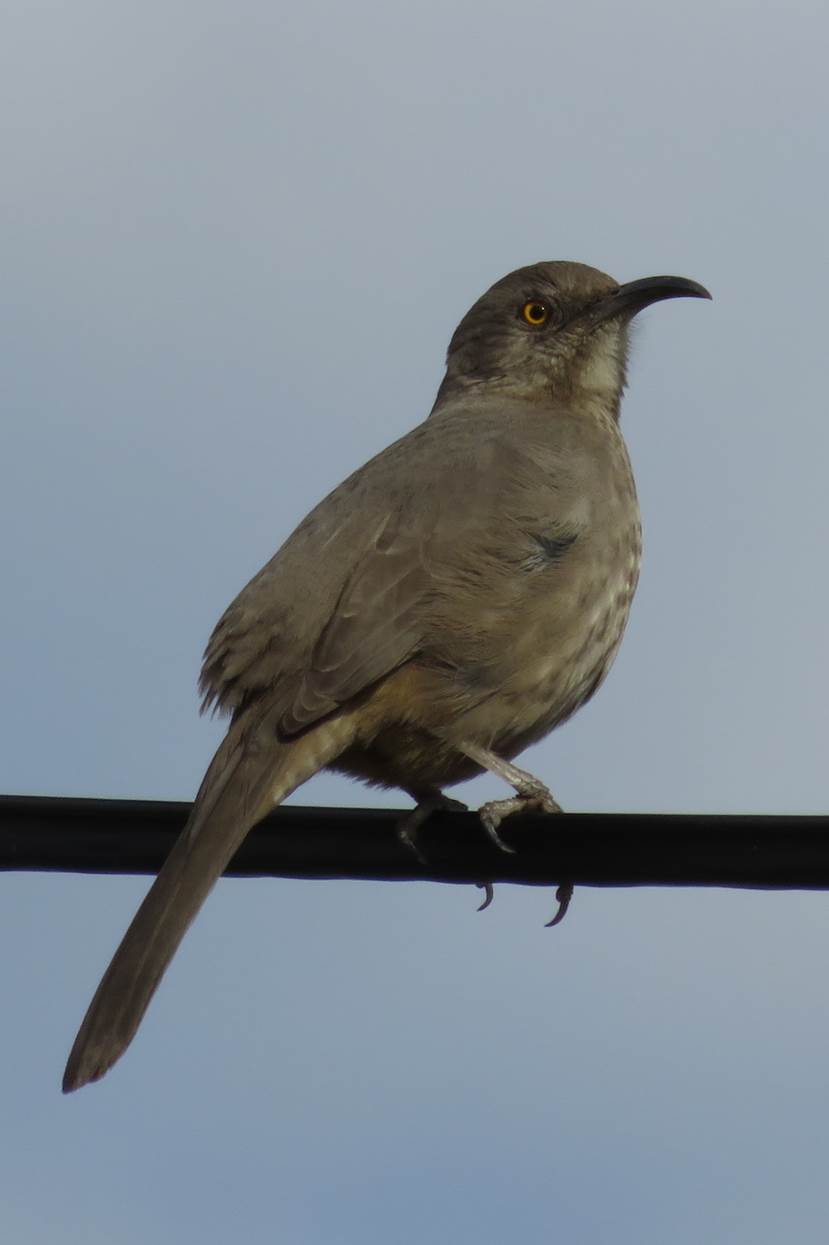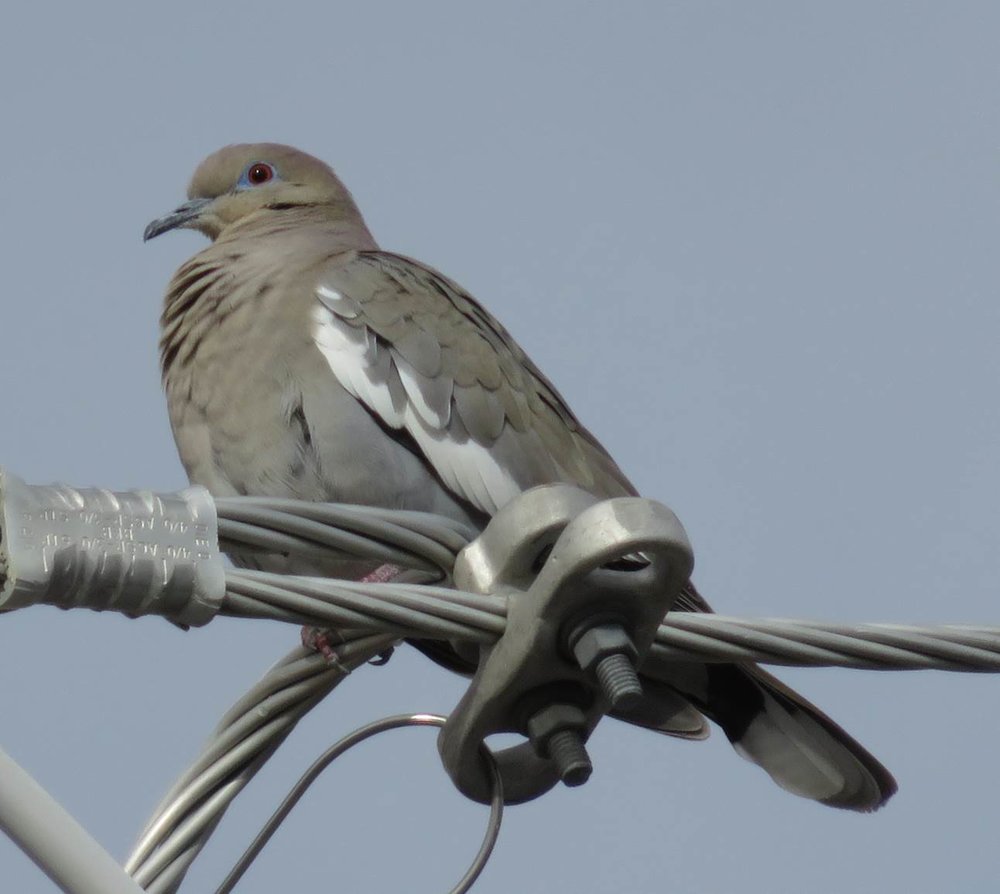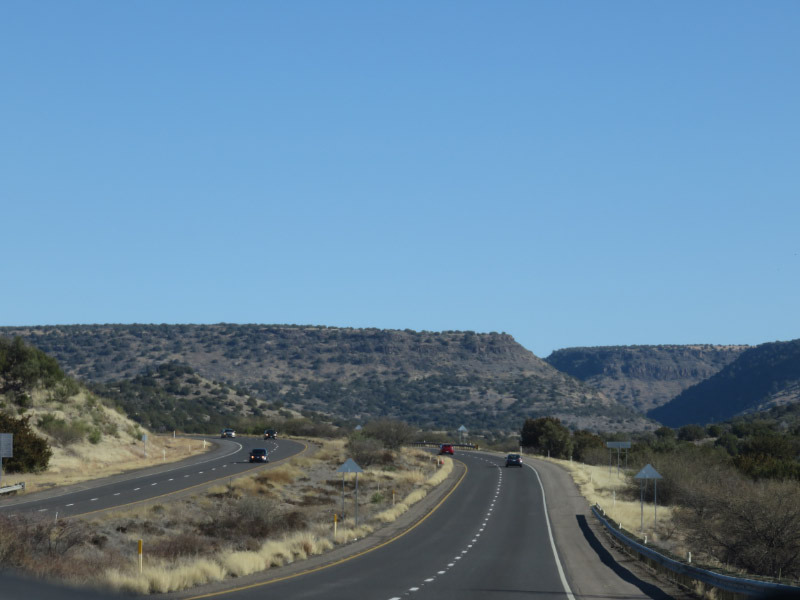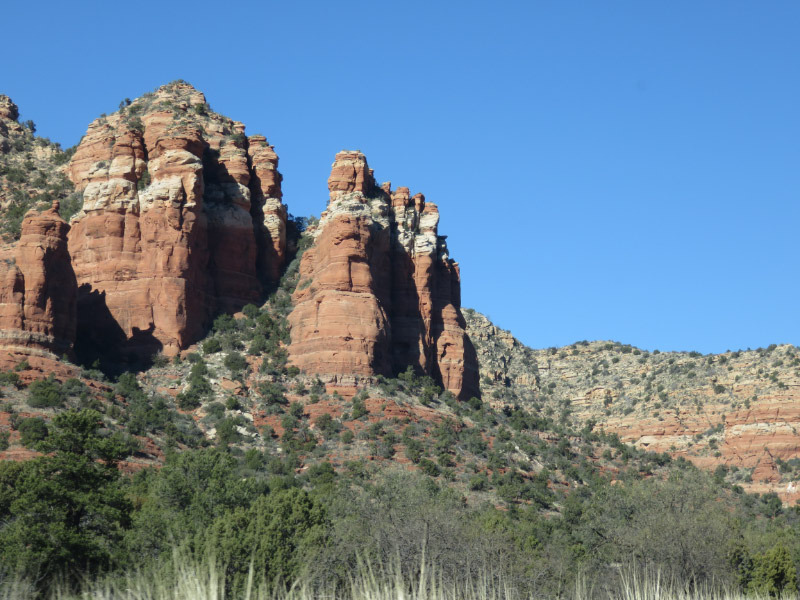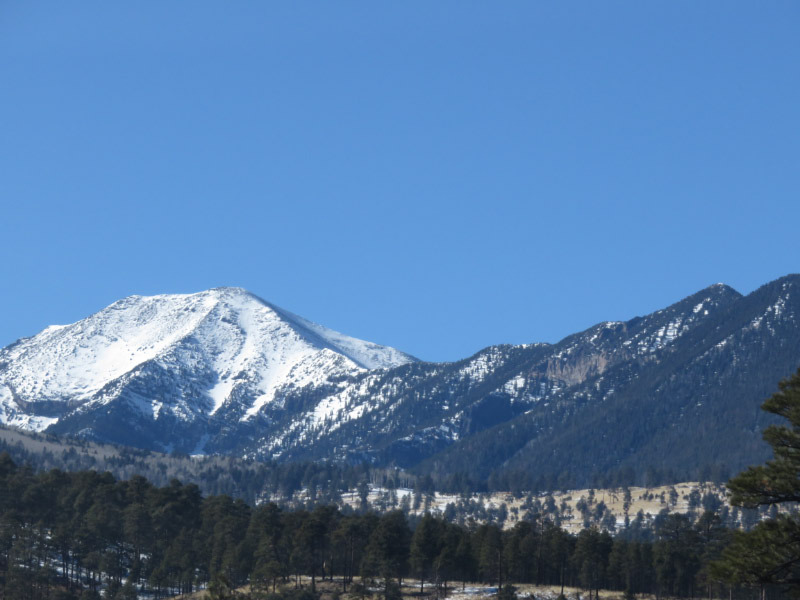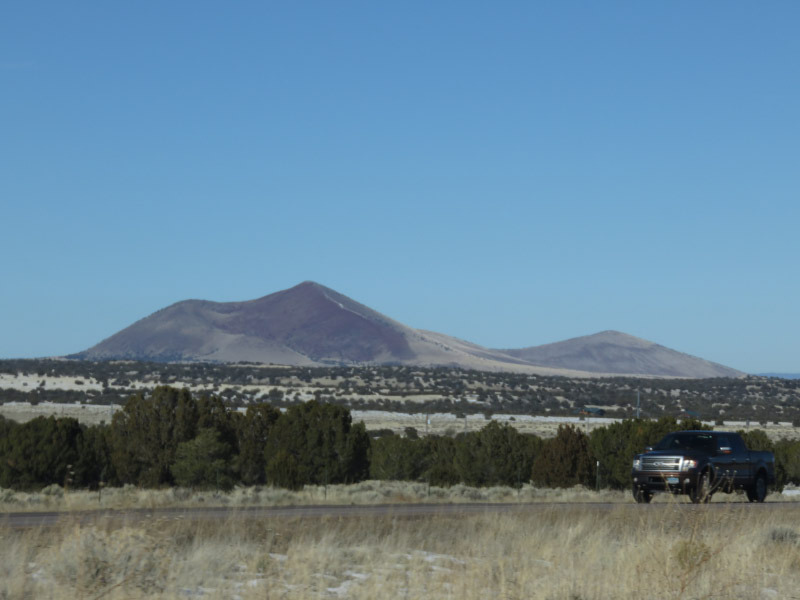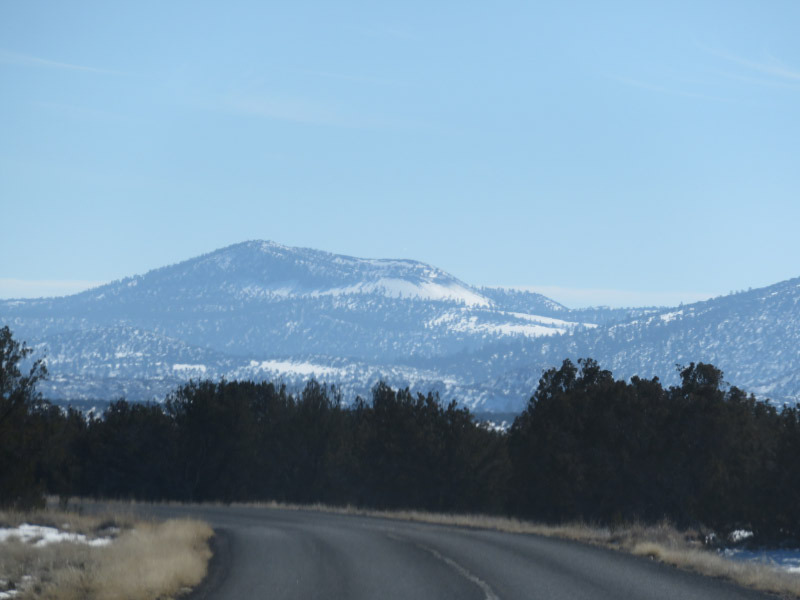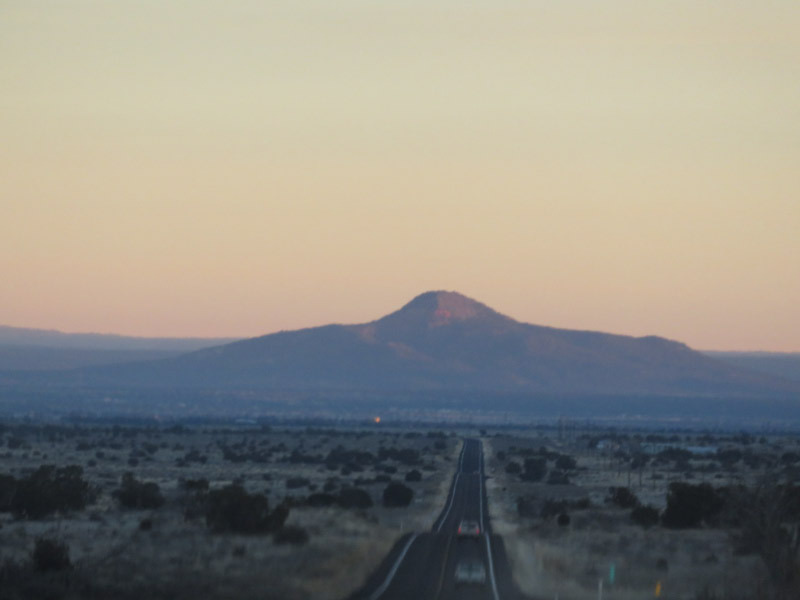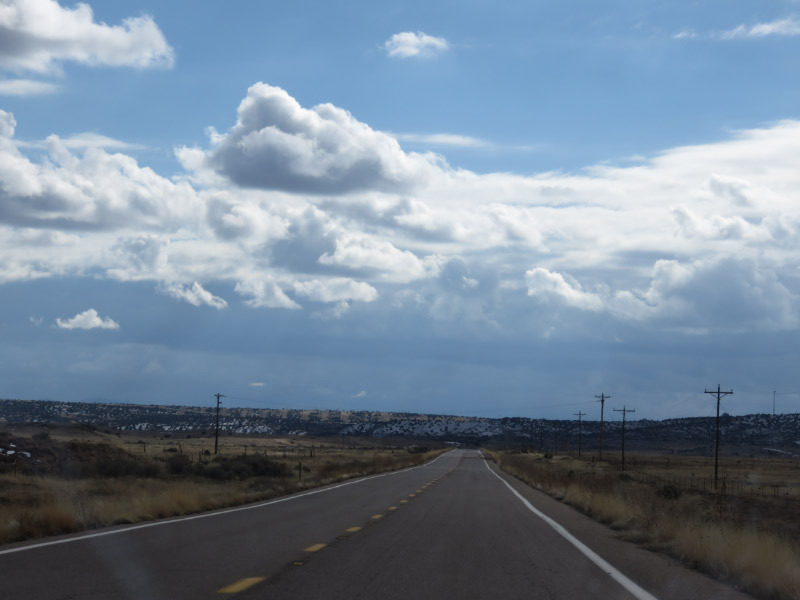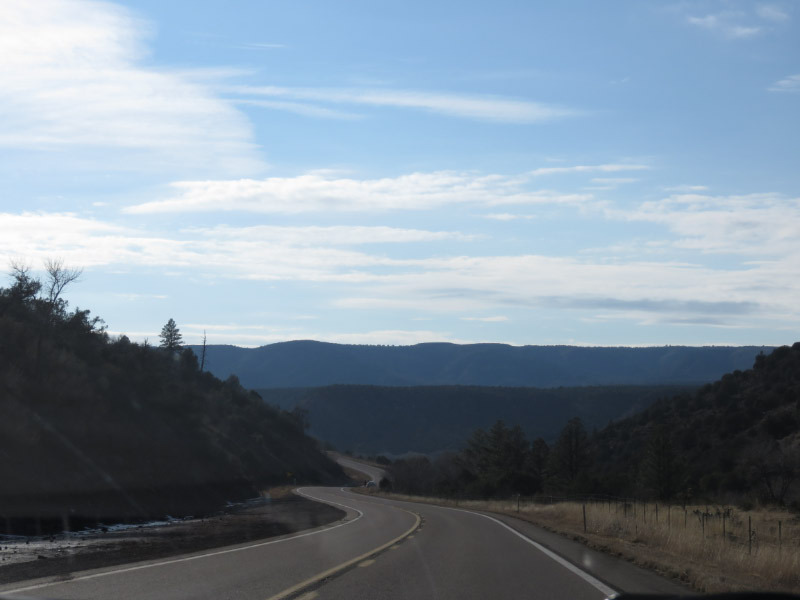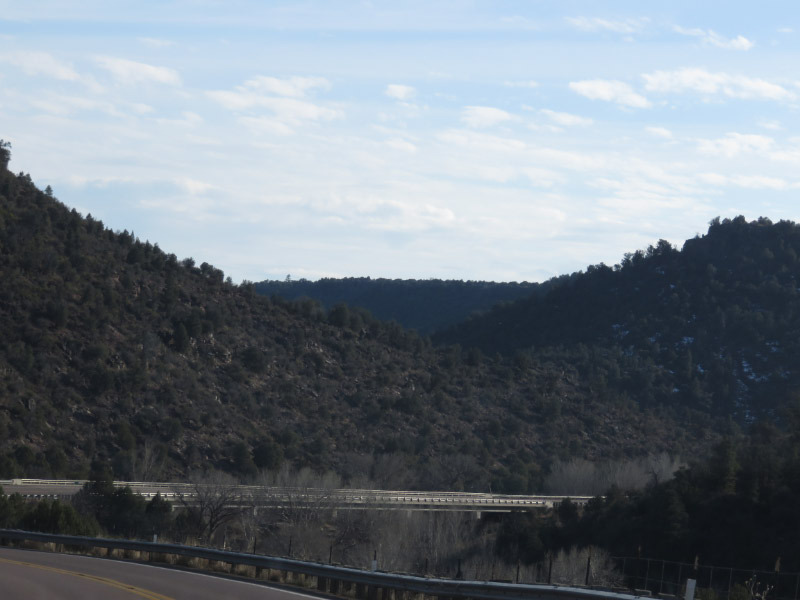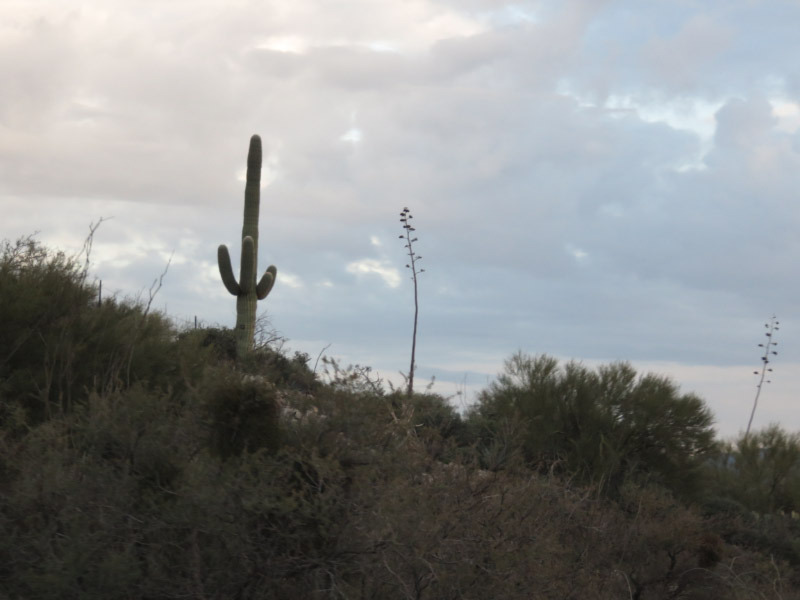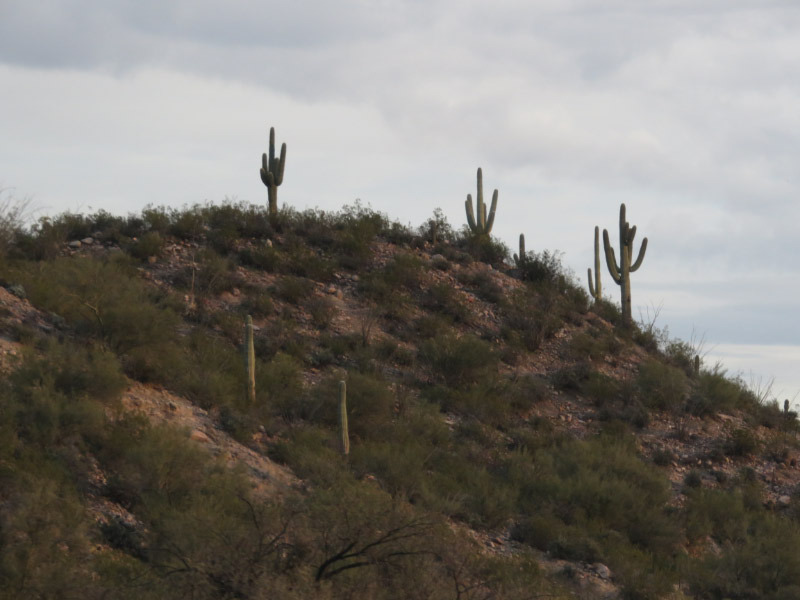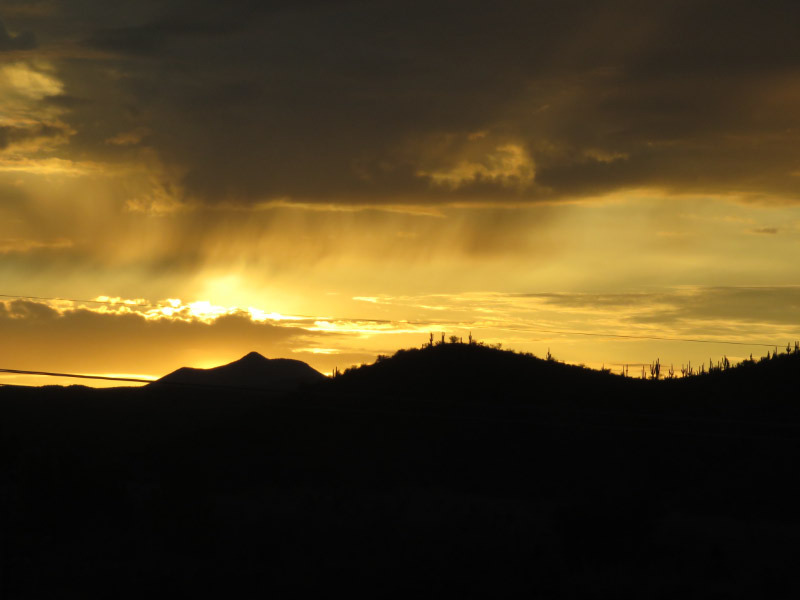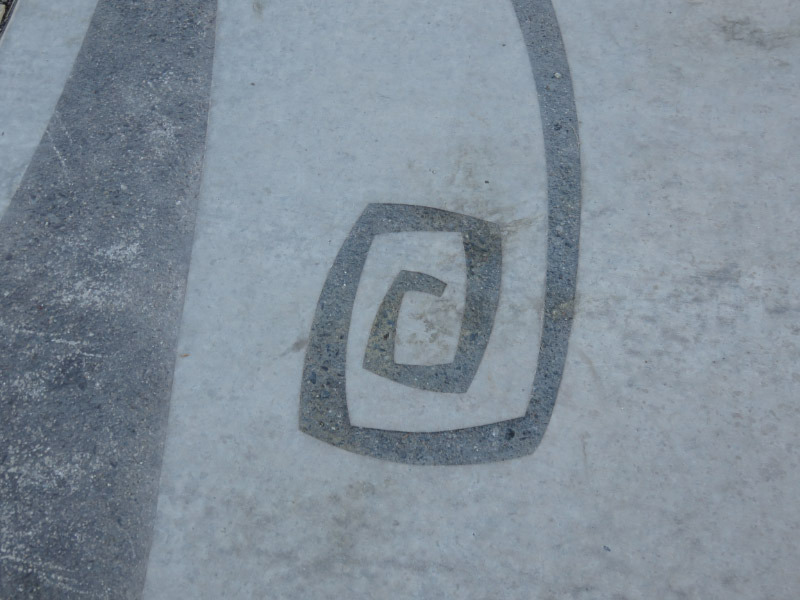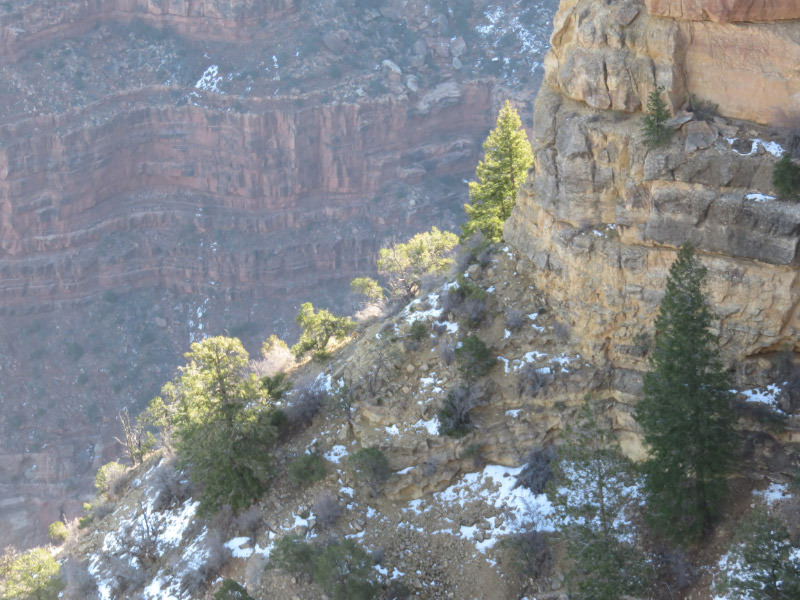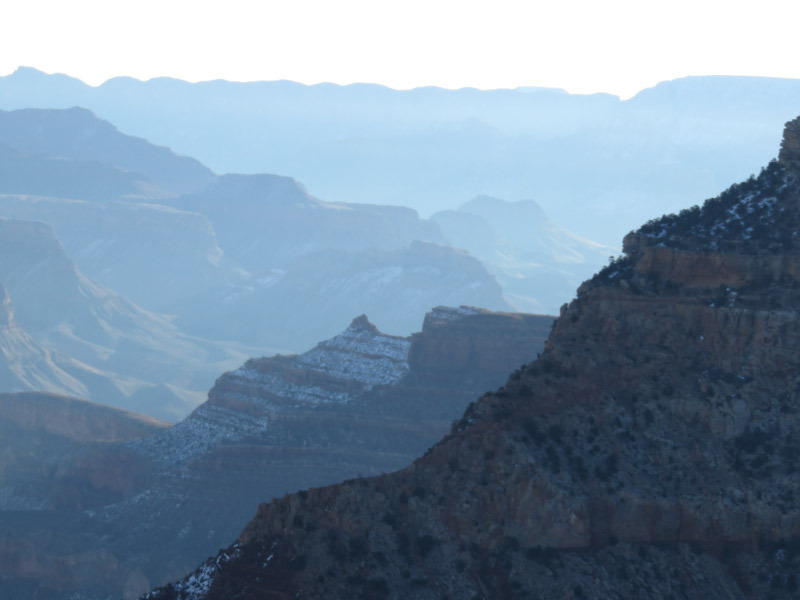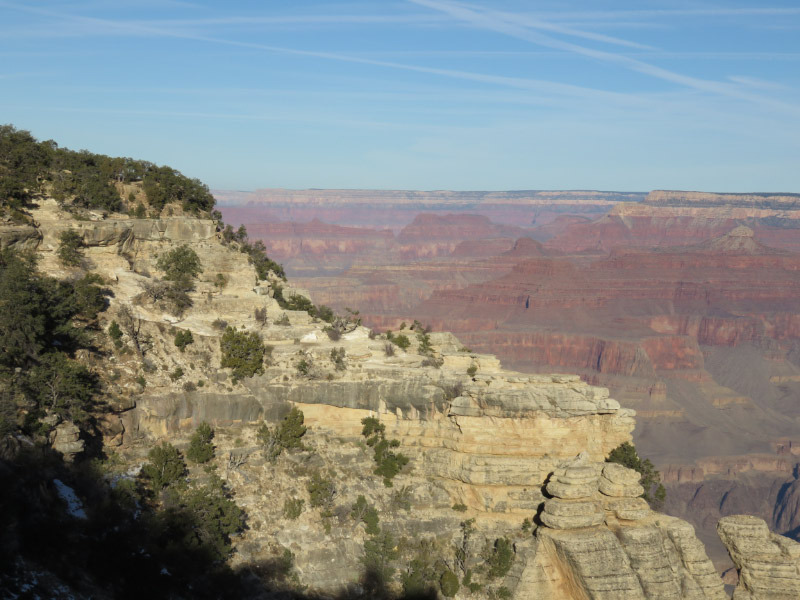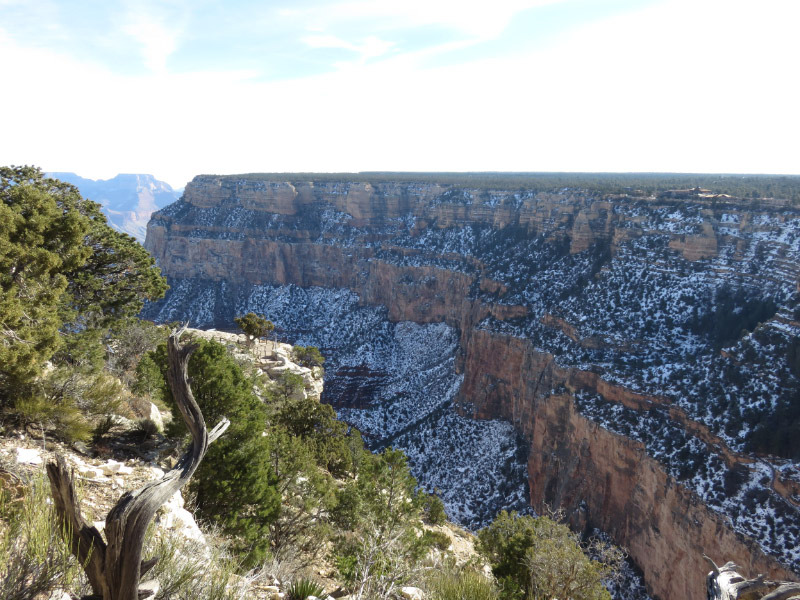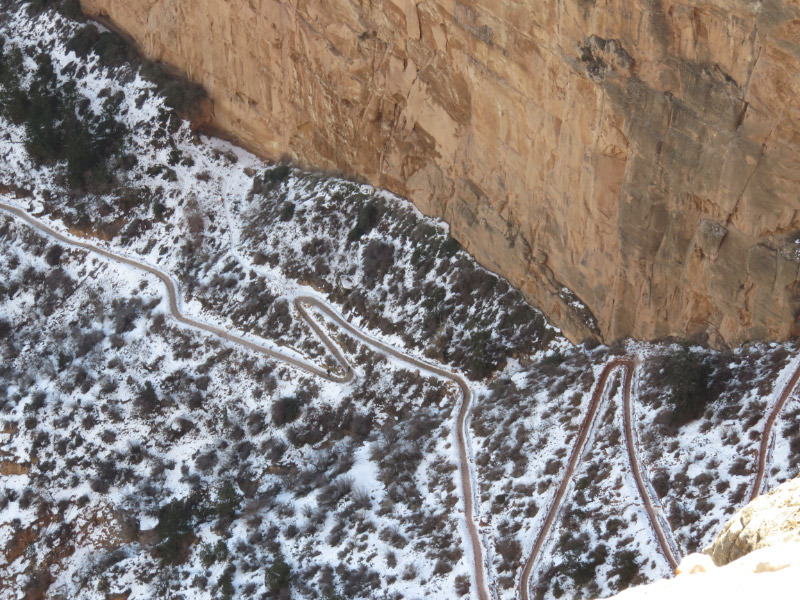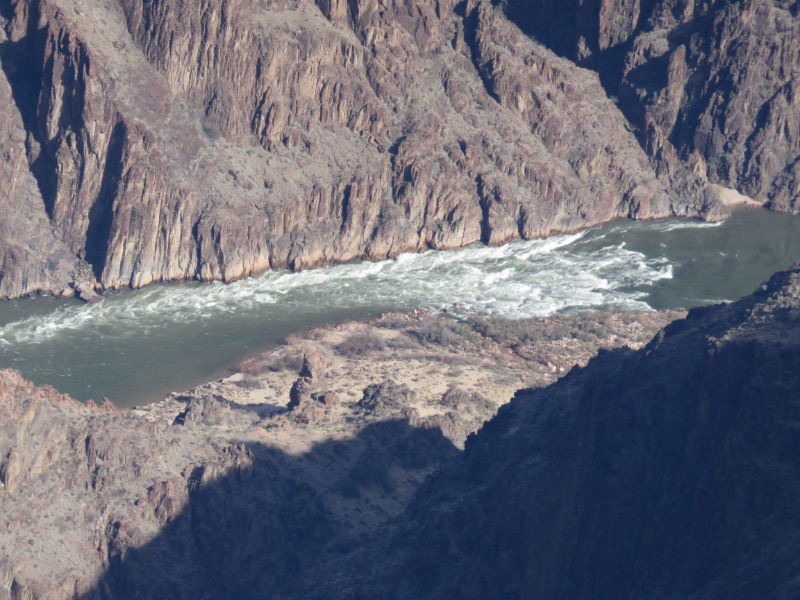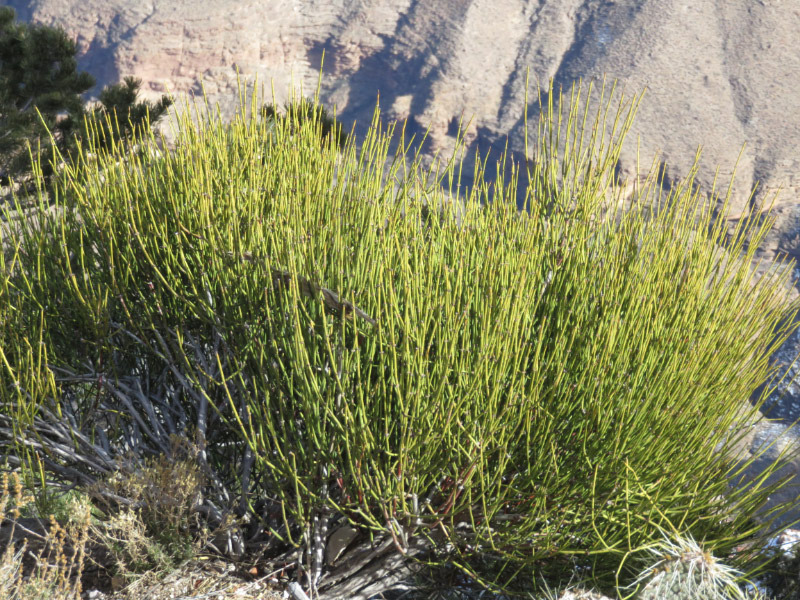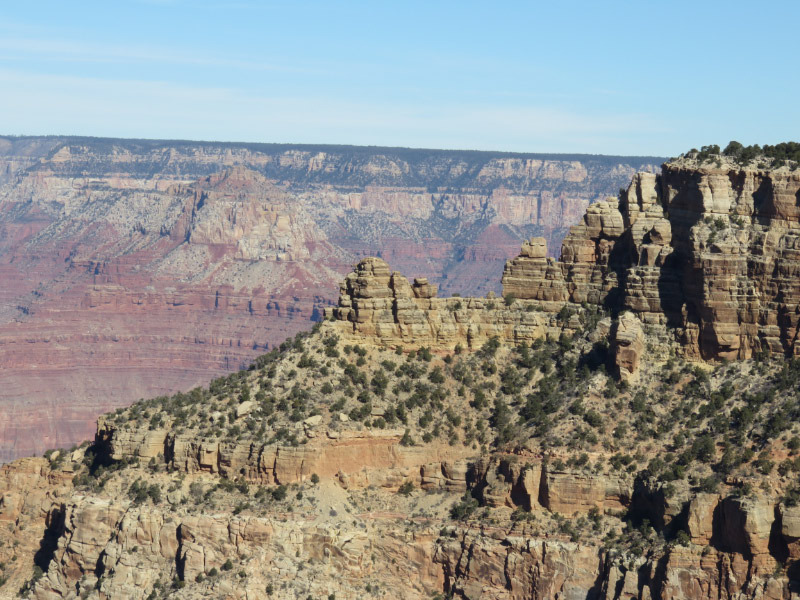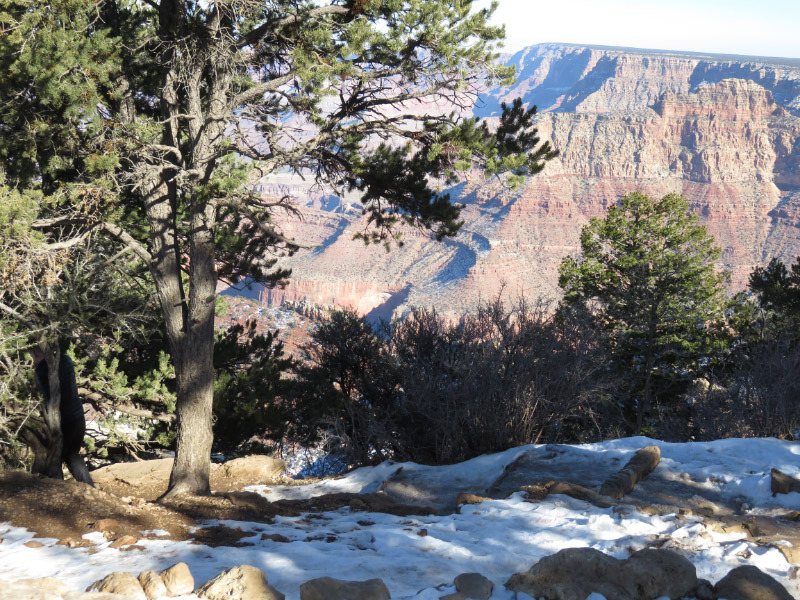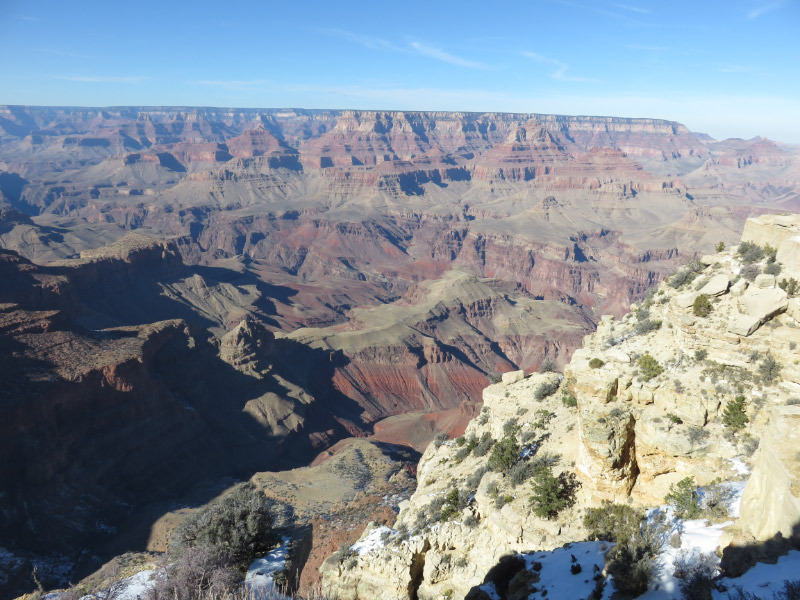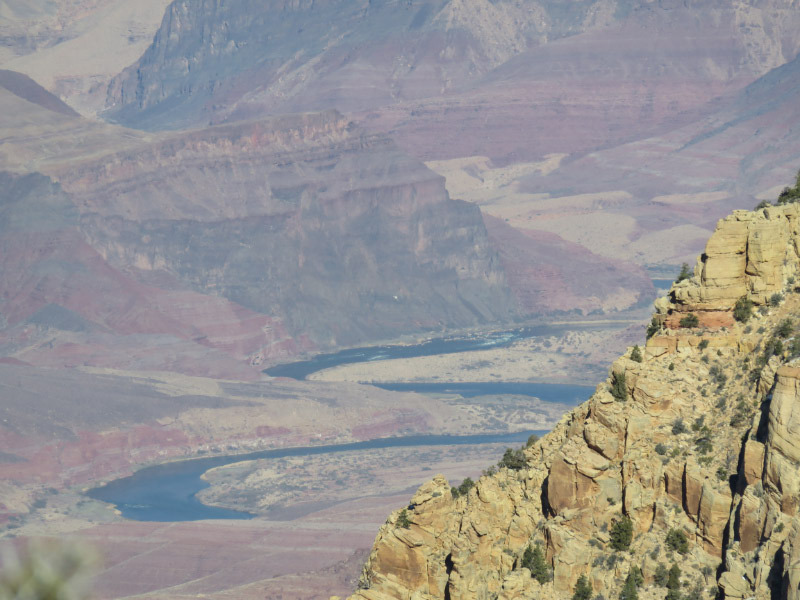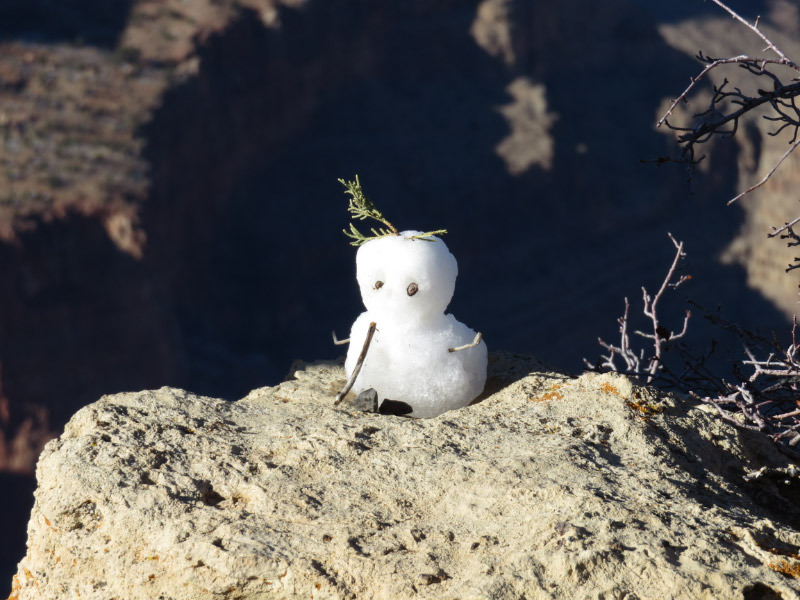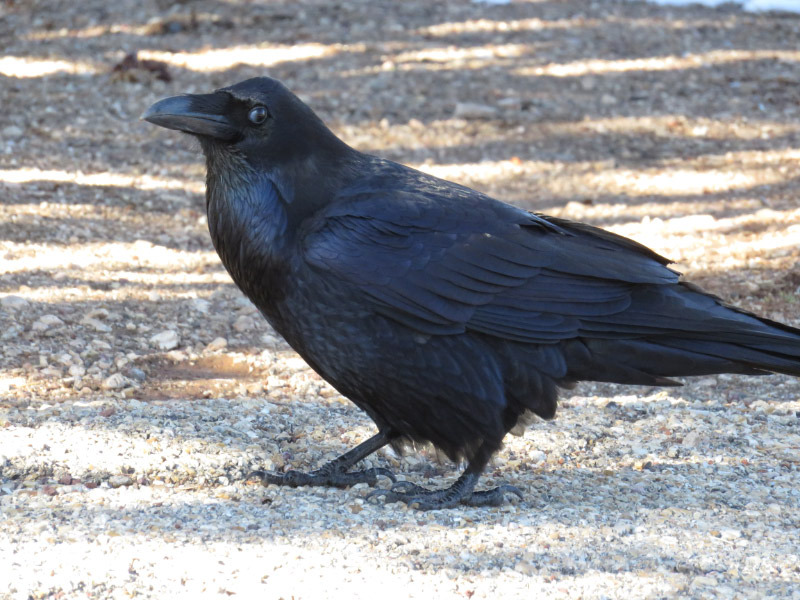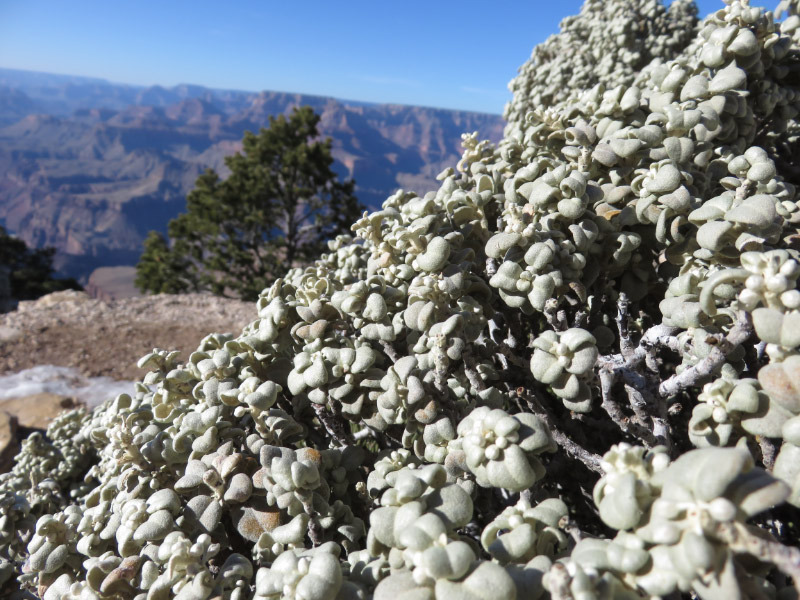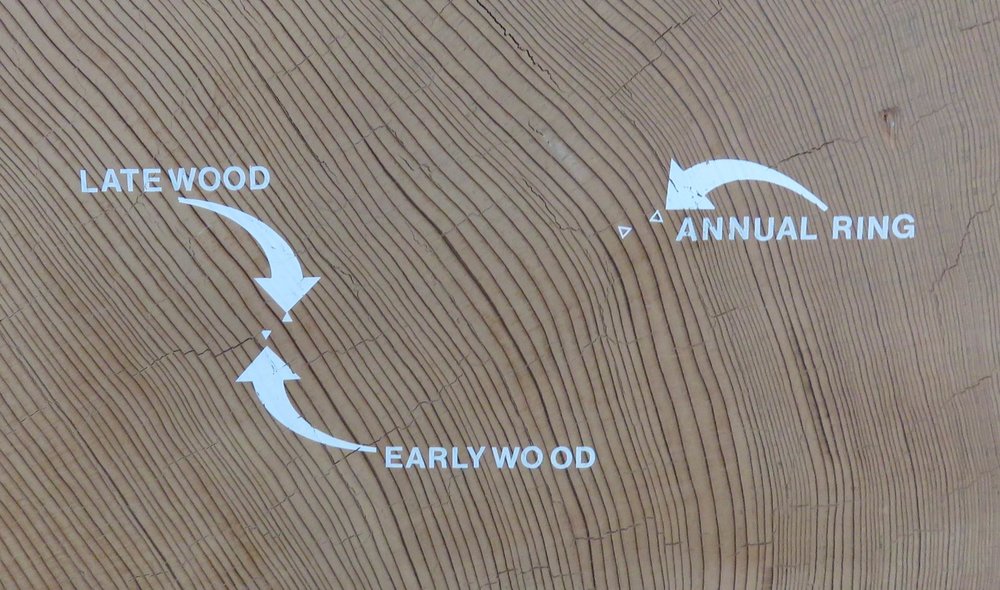Gleanings of the Week Ending June 13, 2015
/The items below were ‘the cream’ of the articles and websites I found this past week. Click on the light green text to look at the article.
18 beautiful houses for tiny people - Photographs of doll’s houses …inhabitants and furnishings too.
How past Native-American settlement modified Western New York forests - Larger nut-bearing trees were more abundant near settlements!
Rebuilding Sandbars in the Grand Canyon - I had learned about the attempts to rebuild sandbars in the recent Coursera offer on Water in the Western US…so this acted to remind me of the class, probably locking in what I learned through a surprise repetition.
Ultrasound is making new waves throughout medicine - Ultrasound is being used for more and more imaging these days….and is more portable than a lot of the other imagining technologies.
10 Ways to Save Pollinators - This is not just about honey bees….it’s about all pollinators.
Multi-tasking: Benefits on exercise - So doing something else while you exercise may not be such a bad thing!
Beyond Automation - Five paths toward employability is an automated…augmented world of the future.
Sewage Pollution: The Next Great Threat for Coral Reefs - 96% of places that have both people and coral reefs have a sewage pollution problem (85% of the waterwater entering the sea in the Caribbean is untreated). Sewage that reaches corals includes: fresh water, endocrine disruptors, heavy metals, pathogens, toxins. Ewww! Not good for human health either.
The Shifting Sands of the Sahara Are a Lesson in Dune Dynamics - Illustrations of dune patterns (seen from above)
5 Ways to Make Environmentally Conscious Food Choices - I had thought of all 5…but this is post is a good summary to: support good companies, buy local, storing your food, growing your own, and choose less packaging.


